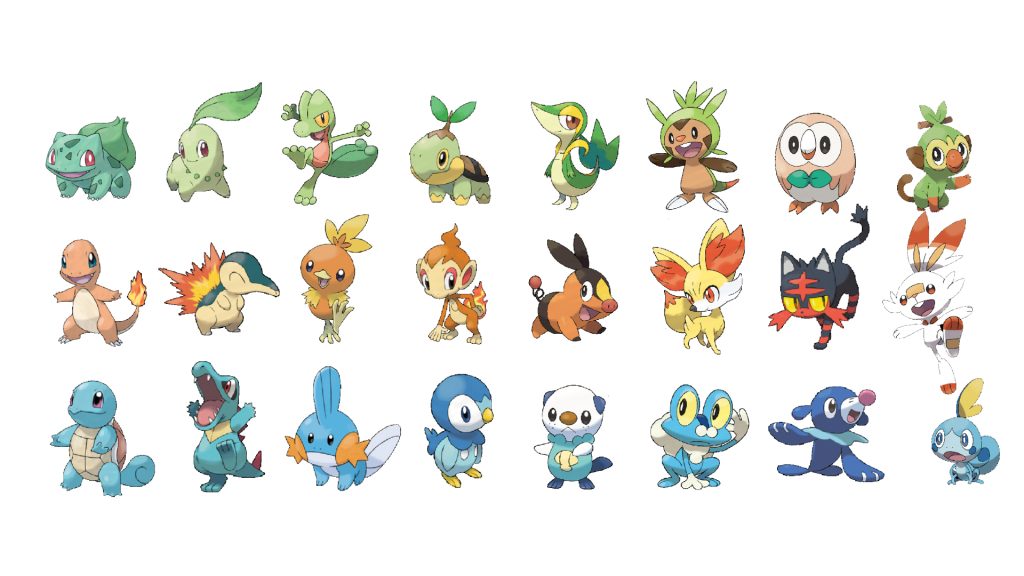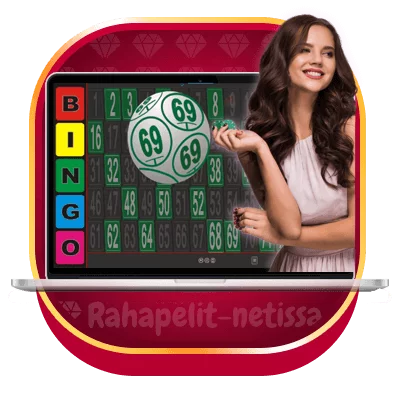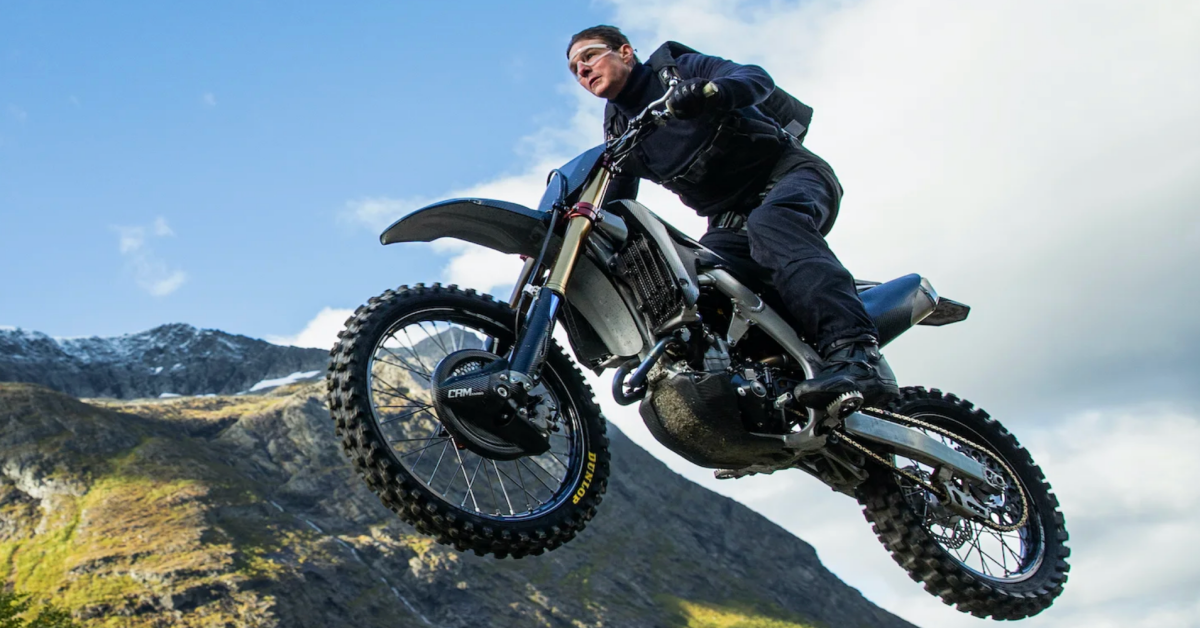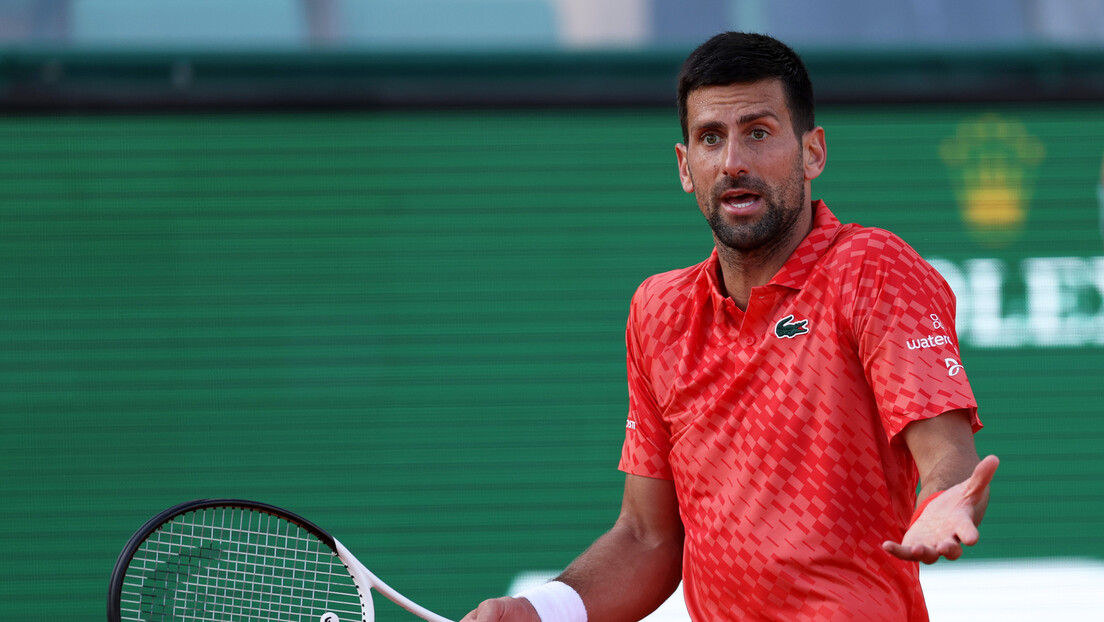The Best Starter Pokémon Of Each Generation: A Comprehensive Guide

Table of Contents
Choosing your first Pokémon is a pivotal moment in any trainer's journey. The decision can significantly impact your entire playthrough, shaping your team and influencing your strategies. This comprehensive guide dives deep into each generation of Pokémon games, analyzing the strengths and weaknesses of each starter Pokémon to help you determine the best starter Pokémon for your play style and each generation. We'll cover everything from type advantages to evolutionary lines, ensuring you make the most informed decision possible.
<h2>Generation I: Kanto's Classic Trio</h2>
The original Kanto region introduced three iconic starter Pokémon, each with its unique strengths and weaknesses. Choosing the right one sets the tone for your entire Kanto adventure.
<h3>Bulbasaur: The Grass-Type Advantage</h3>
Bulbasaur, the Grass-type starter, offers an excellent early-game advantage.
- Excellent early-game advantage against Brock (Rock-type): Bulbasaur's Grass-type moves are super effective against Brock's Rock-type Pokémon, making this gym battle significantly easier.
- Access to powerful Grass and Poison-type moves: Bulbasaur's movepool provides a good balance of offense and defense, with access to powerful moves like Razor Leaf and Sludge Bomb.
- Venusaur's strong defensive capabilities later in the game: Venusaur, Bulbasaur's final evolution, boasts impressive defensive stats and a strong typing that makes it a reliable member of your team.
- Potential weakness to Fire and Ice types: Remember that Grass-type Pokémon are vulnerable to Fire and Ice-type moves, so be mindful of these matchups throughout the game. Consider diversifying your team to counteract these weaknesses.
<h3>Charmander: The Fiery Powerhouse</h3>
Charmander, the Fire-type starter, is known for its powerful offensive capabilities.
- Effective against Misty (Water-type): Charmander's Fire-type attacks are super effective against Misty's Water-type Pokémon, making this gym battle relatively straightforward.
- Powerful offensive capabilities throughout the game: Charmander evolves into Charmeleon and then the iconic Charizard, boasting high attack stats and devastating Fire-type moves.
- Charizard's flying type adds versatility: Charizard's dual Fire/Flying typing adds valuable versatility, expanding its offensive options and making it less susceptible to certain types.
- Vulnerable to Water and Ground types: Charmander's line is notably weak to Water-type and Ground-type moves, so strategize accordingly. Using strategic Pokémon choices to counter these weaknesses will be important.
<h3>Squirtle: The Defensive Bulwark</h3>
Squirtle, the Water-type starter, is renowned for its defensive prowess.
- Strong against Brock (Rock-type) and Lt. Surge (Electric-type): Squirtle's Water-type moves are super effective against both Brock's Rock-type Pokémon and Lt. Surge's Electric-type Pokémon.
- Blastoise's high defense makes it a reliable tank: Blastoise, Squirtle's final evolution, is known for its high Defense and Special Defense stats, making it a formidable wall against attacks.
- Can struggle against Grass and Electric types: Water-type Pokémon are weak to Electric and Grass types. Ensure you have a backup plan to deal with these types in your team.
<h2>Generation II: Johto's Diverse Starters</h2>
Johto introduced a new trio of starters, offering diverse strategies for players.
<h3>Chikorita: The Grass-Type Strategist</h3>
Chikorita, the Grass-type starter, requires a more strategic approach.
- Meganium's decent bulk and supportive moves: Meganium, Chikorita's final evolution, possesses decent bulk and can learn supportive moves, making it a valuable asset in team battles.
- Struggles early game against Whitney's Miltank: Chikorita's early-game struggles against Whitney's Miltank (Normal-type) are well documented, requiring careful strategy.
- Needs strategic move choices: Careful consideration of Chikorita's move set is necessary to overcome its early-game weaknesses.
<h3>Cyndaquil: The Fire-Type Dynamo</h3>
Cyndaquil, the Fire-type starter, is a powerhouse of offensive potential.
- Typhlosion's high offensive stats: Typhlosion, Cyndaquil's final evolution, possesses high offensive stats and devastating Fire-type moves, making it a key player in battles.
- Effective against several gym leaders: Typhlosion's offensive prowess proves effective against several gym leaders throughout the Johto region.
- Vulnerable to Water and Ground types: As with other Fire-type starters, Typhlosion's vulnerability to Water and Ground-type moves needs to be factored into your overall strategy.
<h3>Totodile: The Water-Type Prowess</h3>
Totodile, the Water-type starter, boasts impressive Water-type attacks.
- Feraligatr's powerful Water-type attacks: Feraligatr, Totodile's final evolution, packs a punch with powerful Water-type attacks, capable of dealing significant damage.
- Strong against several early-game opponents: Totodile's Water-type moves are very effective against various early-game opponents, providing an advantage in the early stages of the game.
- Weak against Electric and Grass types: Totodile's weakness to Electric and Grass types should be carefully considered when building your team.
<h2>Generation III – VI: Analyzing Each Generation's Top Starters</h2>
This pattern continues across Generations III through VI, each generation introducing a new set of three starter Pokémon with varied strengths and weaknesses. Each generation's starters, including Mudkip, Treecko, Torchic, and many more, offer unique challenges and strategic considerations for trainers seeking to choose the best starter Pokémon for their play style. Careful analysis of each starter's type, evolutionary line, and movepool will guide you toward the most effective choice. (Detailed analyses of each subsequent generation would follow here, mirroring the structure of Generations I and II.)
<h2>Factors to Consider When Choosing Your Starter</h2>
Several key factors should influence your decision when choosing your starter Pokémon.
- Type matchups and advantages against early-game opponents: Consider which type matchups will be most advantageous when facing early-game opponents.
- Evolutionary lines and final form stats: Examine each Pokémon's evolutionary line and consider the strengths and weaknesses of their final evolutions.
- Movepool versatility and potential for strategic team building: Analyze the movepool versatility of each starter to determine its potential for building a balanced and effective team.
- Personal preference and playstyle: Ultimately, choose a Pokémon that you enjoy playing with. Your personal preference is a significant factor!
<h2>Conclusion</h2>
Choosing the best starter Pokémon is subjective and depends heavily on personal preference and play style. However, by carefully considering the strengths, weaknesses, and evolutionary paths of each starter, you can make a more informed decision that will enhance your Pokémon journey. This guide has explored the best starter Pokémon across several generations, arming you with the knowledge to tackle any challenge. Remember to consider your preferred play style and the challenges you anticipate facing when choosing your companion. So, which generation's best starter Pokémon will you choose? Start your adventure wisely, and remember to have fun!

Featured Posts
-
 Eurojackpot Tulokset Tarkista Omat Numerot Ilta Sanomissa
May 14, 2025
Eurojackpot Tulokset Tarkista Omat Numerot Ilta Sanomissa
May 14, 2025 -
 Rising Swiss Franc Casts Shadow Over Eurovision For International Fans
May 14, 2025
Rising Swiss Franc Casts Shadow Over Eurovision For International Fans
May 14, 2025 -
 Eurovision Song Contest 2025 Full Schedule Of Events
May 14, 2025
Eurovision Song Contest 2025 Full Schedule Of Events
May 14, 2025 -
 Societe Generale Le Role Et Les Responsabilites Du Nouveau Directeur General Adjoint Alexis Kohler
May 14, 2025
Societe Generale Le Role Et Les Responsabilites Du Nouveau Directeur General Adjoint Alexis Kohler
May 14, 2025 -
 Mission Impossible 8 Box Office Breaking Even Requires A Franchise Record
May 14, 2025
Mission Impossible 8 Box Office Breaking Even Requires A Franchise Record
May 14, 2025
Latest Posts
-
 Post Euphoria Barbie Ferreiras Current Status With Her Former Castmates
May 15, 2025
Post Euphoria Barbie Ferreiras Current Status With Her Former Castmates
May 15, 2025 -
 Chanels Enduring Appeal Through The Lens Of Tylas Style
May 15, 2025
Chanels Enduring Appeal Through The Lens Of Tylas Style
May 15, 2025 -
 500 Evra Za Patike Novaka Okovi A Da Ili Ne
May 15, 2025
500 Evra Za Patike Novaka Okovi A Da Ili Ne
May 15, 2025 -
 Barbie Ferreiras Euphoria Departure Her Relationship With The Cast Explained
May 15, 2025
Barbie Ferreiras Euphoria Departure Her Relationship With The Cast Explained
May 15, 2025 -
 Gde Kupiti Novakove Patike Od 1 500 Evra
May 15, 2025
Gde Kupiti Novakove Patike Od 1 500 Evra
May 15, 2025
